Jun Xiong
Ghost Panorama
Aug 13, 2021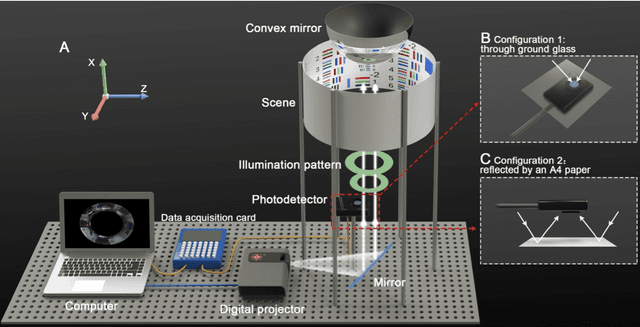
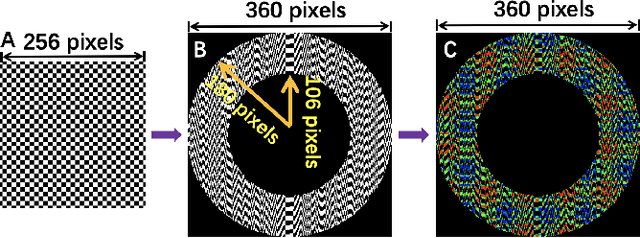
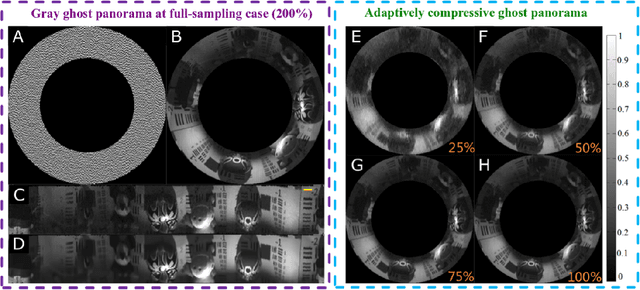
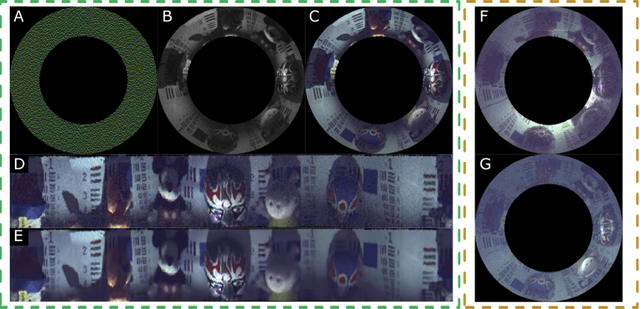
Abstract:Computational ghost imaging or single-pixel imaging enables the image formation of an unknown scene using a lens-free photodetector. In this Letter, we present a computational panoramic ghost imaging system that can achieve the full-color panorama using a single-pixel photodetector, where a convex mirror performs the optical transformation of the engineered Hadamard-based circular illumination pattern from unidirectionally to omnidirectionally. To our best knowledge, it is the first time to propose the concept of ghost panorama and realize preliminary experimentations. It is foreseeable that ghost panorama will have more advantages in imaging and detection in many extreme conditions (e.g., scattering/turbulence, cryogenic temperatures, and unconventional spectra), as well as broad application prospects in the positioning of fast-moving targets and situation awareness for autonomous vehicles.
Scalable Power Control/Beamforming in Heterogeneous Wireless Networks with Graph Neural Networks
Apr 12, 2021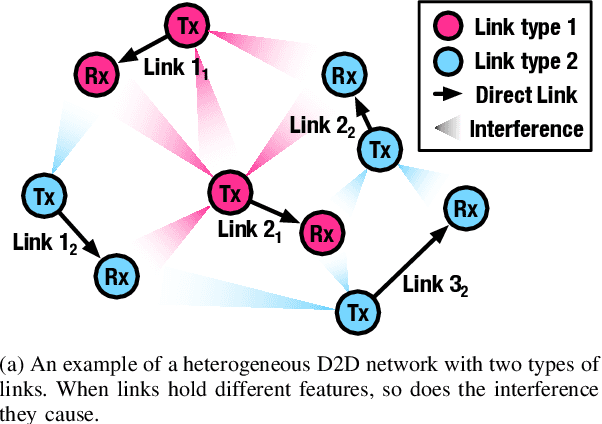


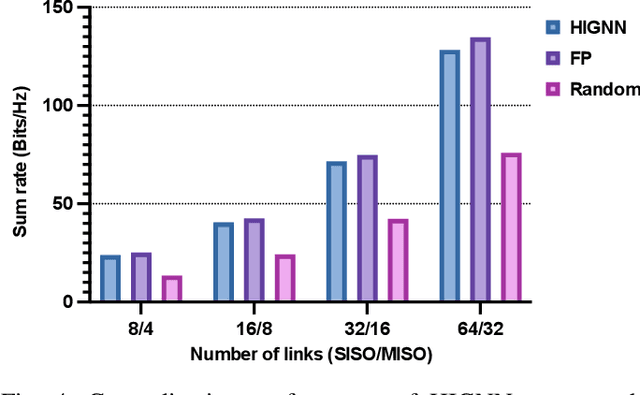
Abstract:Machine learning (ML) has been widely used for efficient resource allocation (RA) in wireless networks. Although superb performance is achieved on small and simple networks, most existing ML-based approaches are confronted with difficulties when heterogeneity occurs and network size expands. In this paper, specifically focusing on power control/beamforming (PC/BF) in heterogeneous device-to-device (D2D) networks, we propose a novel unsupervised learning-based framework named heterogeneous interference graph neural network (HIGNN) to handle these challenges. First, we characterize diversified link features and interference relations with heterogeneous graphs. Then, HIGNN is proposed to empower each link to obtain its individual transmission scheme after limited information exchange with neighboring links. It is noteworthy that HIGNN is scalable to wireless networks of growing sizes with robust performance after trained on small-sized networks. Numerical results show that compared with state-of-the-art benchmarks, HIGNN achieves much higher execution efficiency while providing strong performance.
 Add to Chrome
Add to Chrome Add to Firefox
Add to Firefox Add to Edge
Add to Edge